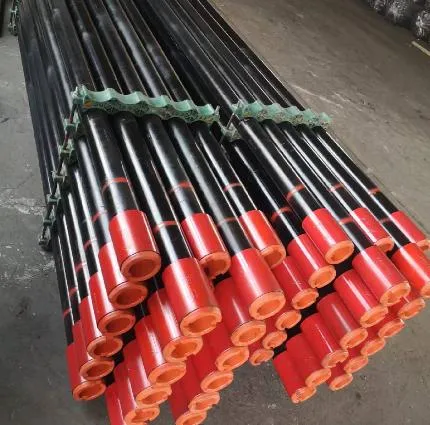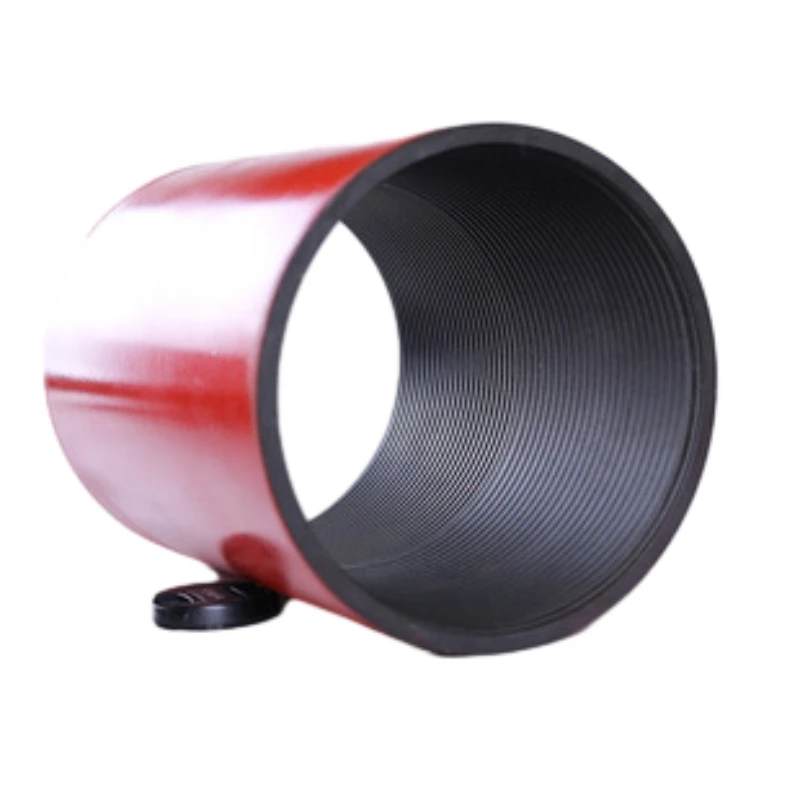- Afrikaans
- Albanian
- Amharic
- Arabic
- Armenian
- Azerbaijani
- Basque
- Belarusian
- Bengali
- Bosnian
- Bulgarian
- Catalan
- Cebuano
- Corsican
- Croatian
- Czech
- Danish
- Dutch
- English
- Esperanto
- Estonian
- Finnish
- French
- Frisian
- Galician
- Georgian
- German
- Greek
- Gujarati
- Haitian Creole
- hausa
- hawaiian
- Hebrew
- Hindi
- Miao
- Hungarian
- Icelandic
- igbo
- Indonesian
- irish
- Italian
- Japanese
- Javanese
- Kannada
- kazakh
- Khmer
- Rwandese
- Korean
- Kurdish
- Kyrgyz
- Lao
- Latin
- Latvian
- Lithuanian
- Luxembourgish
- Macedonian
- Malgashi
- Malay
- Malayalam
- Maltese
- Maori
- Marathi
- Mongolian
- Myanmar
- Nepali
- Norwegian
- Norwegian
- Occitan
- Pashto
- Persian
- Polish
- Portuguese
- Punjabi
- Romanian
- Russian
- Samoan
- Scottish Gaelic
- Serbian
- Sesotho
- Shona
- Sindhi
- Sinhala
- Slovak
- Slovenian
- Somali
- Spanish
- Sundanese
- Swahili
- Swedish
- Tagalog
- Tajik
- Tamil
- Tatar
- Telugu
- Thai
- Turkish
- Turkmen
- Ukrainian
- Urdu
- Uighur
- Uzbek
- Vietnamese
- Welsh
- Bantu
- Yiddish
- Yoruba
- Zulu
កុម្ភៈ . 04, 2025 01:32
Back to list
tubing coupling
The world of oil and gas production is expansive and filled with a complex network of equipment that operates seamlessly to maintain efficient and safe extraction processes. A crucial component in this system is the tubing coupling, a product often underestimated but significant in its role. Based on years of field experience and professional expertise in the energy sector, this guide offers an authoritative insight into the intricacies of tubing couplings, emphasizing their importance, functionality, and best practices for ensuring reliability and performance.
Quality control and standard compliance are non-negotiable for tubing couplings. API (American Petroleum Institute) standards are the benchmark for all coupling products, ensuring they meet the rigorous requirements for industrial safety and performance. Each coupling should undergo comprehensive testing, including pressure testing, material hardness checks, and dimensional accuracy inspections, to certify their integrity before deployment. Real-world expertise underscores the significance of routine maintenance and inspection. Oil field veterans emphasize that even the most robust couplings can succumb to wear over time, exacerbated by extreme temperatures and chemical exposure. Implementing regular inspection schedules can detect signs of wear such as cracks, corrosion, or thread deformation early, preventing costly downtimes or catastrophic failures. For professionals seeking to invest in high-quality tubing couplings, building trust with suppliers is crucial. Work with suppliers whose reputation is backed by consistent product quality and adherence to industry standards. Look for manufacturers that provide comprehensive documentation of their quality control processes and are transparent about their raw material sourcing. In conclusion, tubing couplings are indispensable to the smooth operation of oil extraction processes. Their selection, installation, and maintenance demand careful consideration, guided by expert knowledge and proven industry practices. By prioritizing quality materials, adhering to design specifications, and conducting diligent maintenance, operators can trust in the reliability and safety of their coupling systems. Such adherence to industry best practices not only affirms the trustworthiness of the equipment used but solidifies an operator’s reputation for safety and efficiency in the competitive oil and gas sector.


Quality control and standard compliance are non-negotiable for tubing couplings. API (American Petroleum Institute) standards are the benchmark for all coupling products, ensuring they meet the rigorous requirements for industrial safety and performance. Each coupling should undergo comprehensive testing, including pressure testing, material hardness checks, and dimensional accuracy inspections, to certify their integrity before deployment. Real-world expertise underscores the significance of routine maintenance and inspection. Oil field veterans emphasize that even the most robust couplings can succumb to wear over time, exacerbated by extreme temperatures and chemical exposure. Implementing regular inspection schedules can detect signs of wear such as cracks, corrosion, or thread deformation early, preventing costly downtimes or catastrophic failures. For professionals seeking to invest in high-quality tubing couplings, building trust with suppliers is crucial. Work with suppliers whose reputation is backed by consistent product quality and adherence to industry standards. Look for manufacturers that provide comprehensive documentation of their quality control processes and are transparent about their raw material sourcing. In conclusion, tubing couplings are indispensable to the smooth operation of oil extraction processes. Their selection, installation, and maintenance demand careful consideration, guided by expert knowledge and proven industry practices. By prioritizing quality materials, adhering to design specifications, and conducting diligent maintenance, operators can trust in the reliability and safety of their coupling systems. Such adherence to industry best practices not only affirms the trustworthiness of the equipment used but solidifies an operator’s reputation for safety and efficiency in the competitive oil and gas sector.
Next:
Latest news
-
Tubing Pup Joints: Essential Components for Oil and Gas OperationsNewsJul.10,2025
-
Pup Joints: Essential Components for Reliable Drilling OperationsNewsJul.10,2025
-
Pipe Couplings: Connecting Your World EfficientlyNewsJul.10,2025
-
Mastering Oilfield Operations with Quality Tubing and CasingNewsJul.10,2025
-
High-Quality Casing Couplings for Every NeedNewsJul.10,2025
-
Boost Your Drilling Efficiency with Premium Crossover Tools & Seating NipplesNewsJul.10,2025
Related Products







